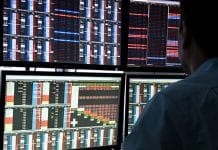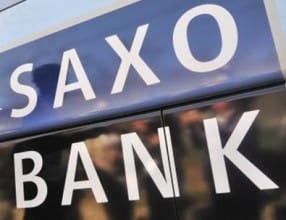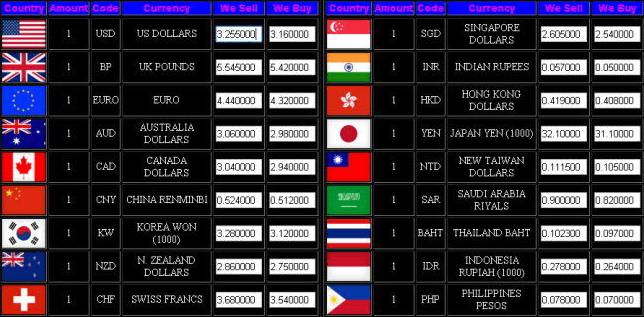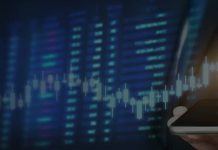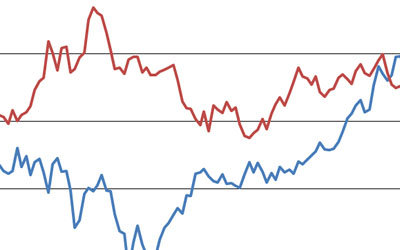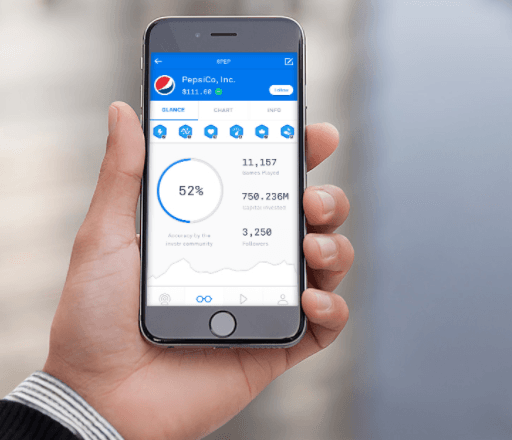
AI and Capital Markets Reading the Mind of the Market
Fintech and special AI, algorithm economy and Blockchain are the drivers capital markets. The bellow guest article defines some of the most defining and challenging area for capital markets AI and how the world economy and trading and investing will cope with the emergence of the AI mind that is managing increasing the world economy.
Reading the mind of the market
This is a guest article by Author: Mark Robertson, a Senior Multi-Asset Portfolio Manager at NN Investment Partners on how NN IP’s multi-asset boutique believes the combination of human judgement, which is still better able to weigh the intricacies of geopolitical events, shifting political alliances, changes in corporate governance and central bank policy; alongside the use of data-derived models, creates a system that is well placed to deal with the complex, ever-changing investment world.
Machine learning, big data and the study of human biases are leading to a deeper understanding of the emotional forces that influence investor behaviour. Combining these elements into the investment process creates a robust framework for guarding against common investor pitfalls.
During a visit to San Francisco I had the opportunity to meet with Dr Richard Peterson, the founder of MarketPsych and one of the leaders in the field of behavioural finance. The use of sentiment analysis was already incorporated in our investment process at that time so this was an opportunity to see how the field of big data and artificial intelligence was progressing. The innovative use of algorithms that can read news articles alongside impressive computing power enables market sentiment to be analysed, and quantified, at a much deeper level than had previously been available. Indices are constructed from thousands of web sources, many within milliseconds of publication, across both professional and social media domains.
The self-learning algorithms developed by Dr Peterson and his team can classify this vast amount of data into sentiment indices such as optimism, fear, joy or conflict. This provides real time insight into the sentiment, both negative and positive, that plays a role in driving markets. The events of Black Thursday in 1929, Black Monday in 1987 and the market crash of 2008 show the dramatic effect these sentiment shifts can have. To sit with Dr Peterson and see how he had taken his brain scanning experiment at Stanford University, and converted that research into a cutting edge news analytics software company, was a revealing insight into how the fusion of humans and data technology was evolving in the world of financial analysis.
The philosophy of the Multi Asset team at NN Investment Partners is a simple one, to combine the best of man and machine. We use robust statistical methods to assess whether the data inputs we are receiving has informational content that can be used in the construction of the toolkit that supports our investment decisions. The structure of this toolkit allows for a great variety of input signals, both fundamentally and behavioural based, and we believe that the behavioural elements can be just as accurately assessed for their predictive value as any other.
This toolkit makes use of digital news and social media feeds, converted into indices via text analytic techniques, to capture real time sentiment within different segments of the asset markets. These behavioural elements sit alongside the team’s fundamental analysis of markets and provide a unique perspective on how “the market” is feeling. The desire to measure the sentiment, or mood, of the market is not new. However, the emergence of social media, self-teaching algorithms and the ability to process large amounts of data, practically in real time, create an entirely new way to achieve this. We leverage on these techniques in our investment process.
The construction of this proprietary toolkit provides a framework for assessing markets, essentially the machine inputs that are then used by our strategists and portfolio managers to meld, with their own research and insights, into a coherent view on financial markets. One of the benefits of using a toolkit in this way is that it helps to protect against the known behavioural pitfalls of investors, not only irrational exuberance and over-confidence, but also fear and loss aversion.
The other aspect of the decision making process where we can benefit from machine discipline is to improve the ability of strategists and portfolio managers as forecasters. Nobel prize-winner Daniel Kahneman, in his 2011 book Thinking Fast and Slow, makes the point that “Whether professionals have a chance to develop intuitive expertise depends essentially on the quality and speed of feedback, as well as on sufficient opportunity to practice”.
What this means is that we can build a framework whereby the use of big data and self-learning algorithms can be used to build predictive models that evolve with the changing social and financial landscape. These inputs can then be utilized in the forecasting process, as feedback to the users where there predictions differ against those generated by the models, to augment the ability of Strategists and Portfolio Managers to make judgements in the highly uncertain world in which they operate.
The use of human judgement, which is still better able to weigh the intricacies of geopolitical events, shifting political alliances, changes in corporate governance and central bank policy, alongside the use of data-derived models that protect against known human biases, creates a system that is well placed to deal with the complex, ever-changing world in which we invest.
This is not the end of the story of course, big data and narrow artificial intelligence is currently the topic du jour however it is quite possible that our next round of innovation will be driven by something completely different. Learning, improving and adapting, in a never ending cycle of technology and innovation, will continue to drive our investment process forward
Tradersdna is a leading digital and social media platform for traders and investors. Tradersdna offers premiere resources for trading and investing education, digital resources for personal finance, market analysis and free trading guides. More about TradersDNA Features: What Does It Take to Become an Aggressive Trader? | Everything You Need to Know About White Label Trading Software | Advantages of Automated Forex Trading



























